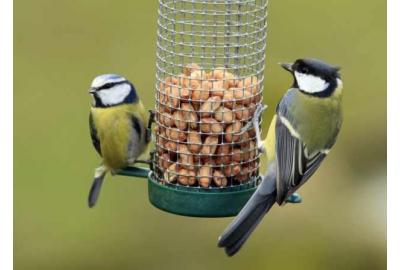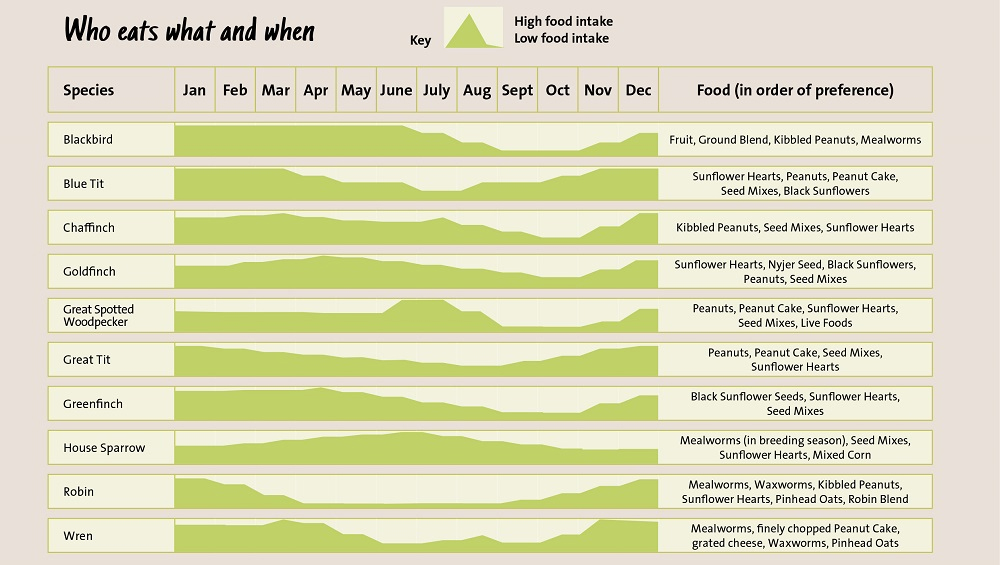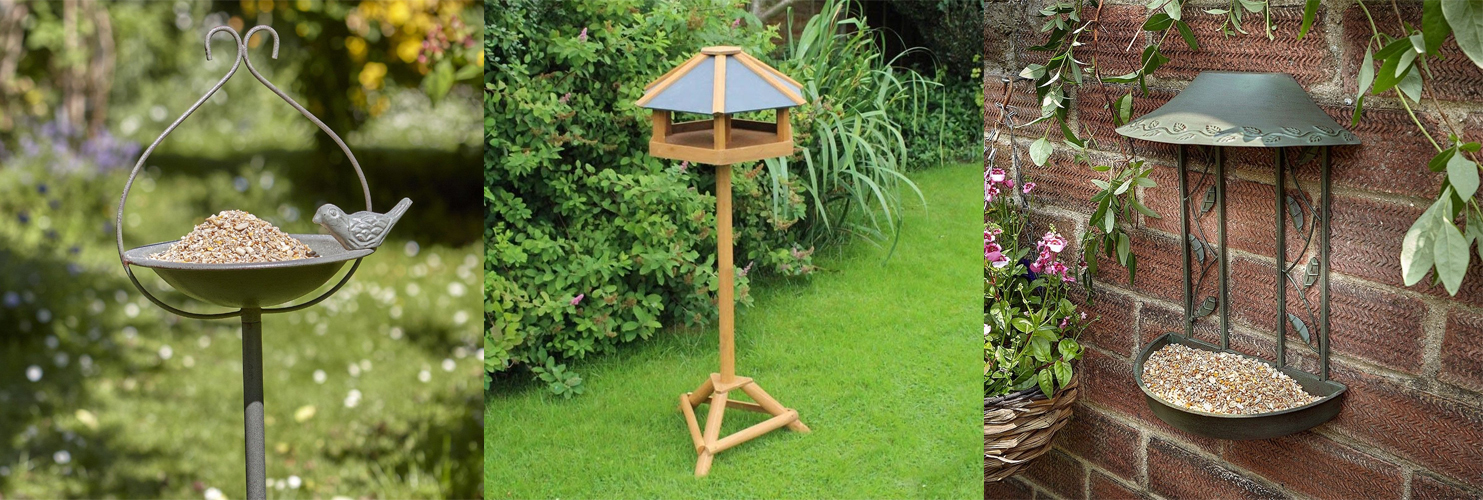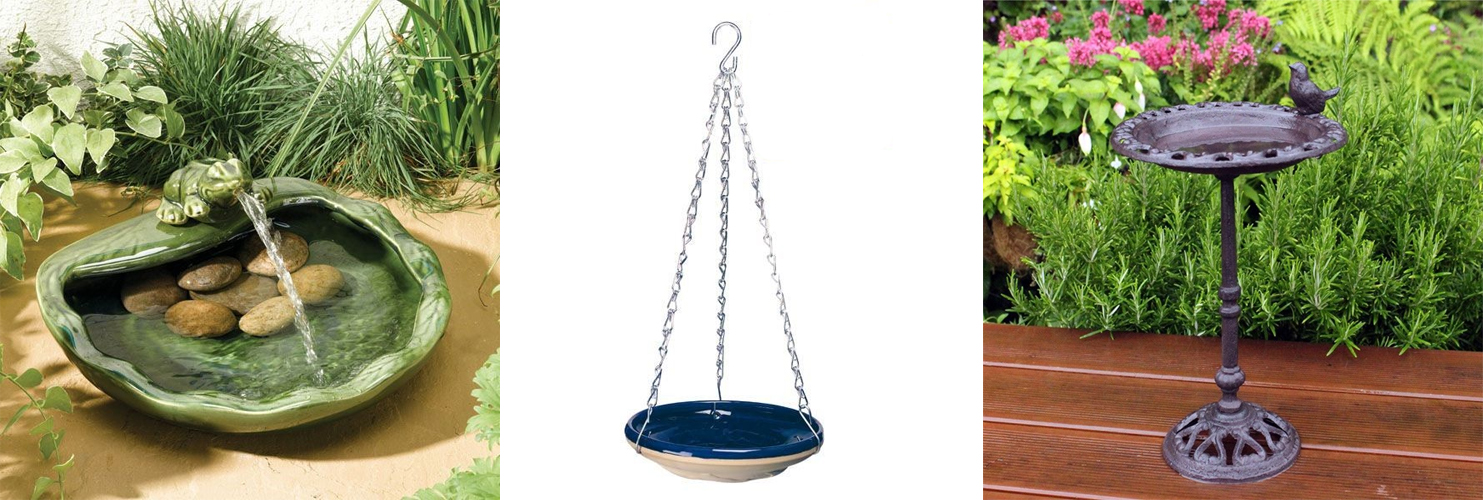Get ready for Big Garden Birdwatch 2022
In 2021, more than one million people took part in Big Garden Birdwatch. For 30 years now the results have provided a valuable insight into the national population of garden birds, highlighting the vulnerability of some of our most popular bird species.
Nature and our gardens have become ever more important to us in the last two years. More and more people are looking for ways to encourage wildlife and birds into their gardens. There are various ways to do this including providing the correct food and habitat.
What do UK garden birds eat?
There are lots of different bird foods available, including mixes for bird feeders and bird tables, as well as for ground feeding. The right food and feeder for each bird can be key. Size, beak type, feeding pattern and preferred food all come into play. See examples for a few of the classic British UK garden birds.
Blackbirds mostly feed on the ground and will eat a broad range of foods, from fatty nibbles to mealworms.
Blue tits and great tits use a feeder, eating seeds as well as suet and peanuts
Finches, including chaffinches and greenfinches, use both a feeder and a bird table, and they love sunflower hearts.
Look for good quality bird food such as Peckish – those that don’t include ‘fillers’ such as dried peas and beans that birds rarely eat.
What sort of bird feeder is best and where should I put it?
There are various types of bird feeding stations, bird tables, ground feeding platforms and hanging feeders available.
A feeding station is a great way to offer a variety of hanging feeders and food types. They can be placed anywhere in the lawn. Some are even designed for use on patios and decking.
Hanging feeders are either designed to accommodate a type of garden bird food or for a specific scenario, such as squirrel deterring bird feeders / small birds only feeders.
Bird tables not only offer a feeding solution but make a great decorative addition to any garden.
Other options include wall mounted feeders, ground feeding platforms, free standing feeders and window feeders. Window feeders are a great solution if you want to feed wild birds but have not access to a garden.
You can put your bird feeder in all sorts of places, but aim for somewhere:
Quiet – where birds won't be disturbed
Safe – not too close to bushes where cats could hide in wait, but close enough to cover that birds can easily dart to and from
Sheltered from harsh winds.
Bear in mind, it can take a little bit of time for the birds to get used to a new feeder, so don’t be disappointed if not many birds visit at first.
Water for wildlife is essential!
Birds like a drink too. They also need to wash to keep their plumage in good condition. A shallow bird bath either free standing or hanging is the best way to provide clean fresh water. You can also use a water feature or fountain.
Remember to keep it clean, put out fresh water every day and pour warm water onto any ice that forms in the winter. Wild birds and wildlife need water all year round.
A final point worth making is to keep everything clean.
It’s very important to keep bird feeders clean to stop a build-up of bacteria and viruses that can spread diseases and infections among garden birds.
Wear gloves and use warm soapy water
Scrub feeders inside and out using a strong, long bristled brush. Do this in a bucket, not in your kitchen sink
Use a mild, non-toxic disinfectant
Make sure the feeder is thoroughly dry before refilling it with food.










